Guide: Using HubSpot Marketing with Databox
HOW TO
- Connect HubSpot Marketing to Databox
- Access pre-built HubSpot Marketing Templates
- Build a Databoard using HubSpot Marketing data
- Use the Query Builder for HubSpot Marketing
- Additional Information
How to connect HubSpot Marketing to Databox
IN THIS SECTION
- How to connect HubSpot Marketing to Databox
- What HubSpot Marketing permissions do you need to connect to Databox?
- Which HubSpot Marketing plans have API access?
- What’s the maximum amount of historical data initially available when you use a new HubSpot Marketing Metric in Databox?
- What time zone does HubSpot Marketing data sync in?
How to connect HubSpot Marketing to Databox
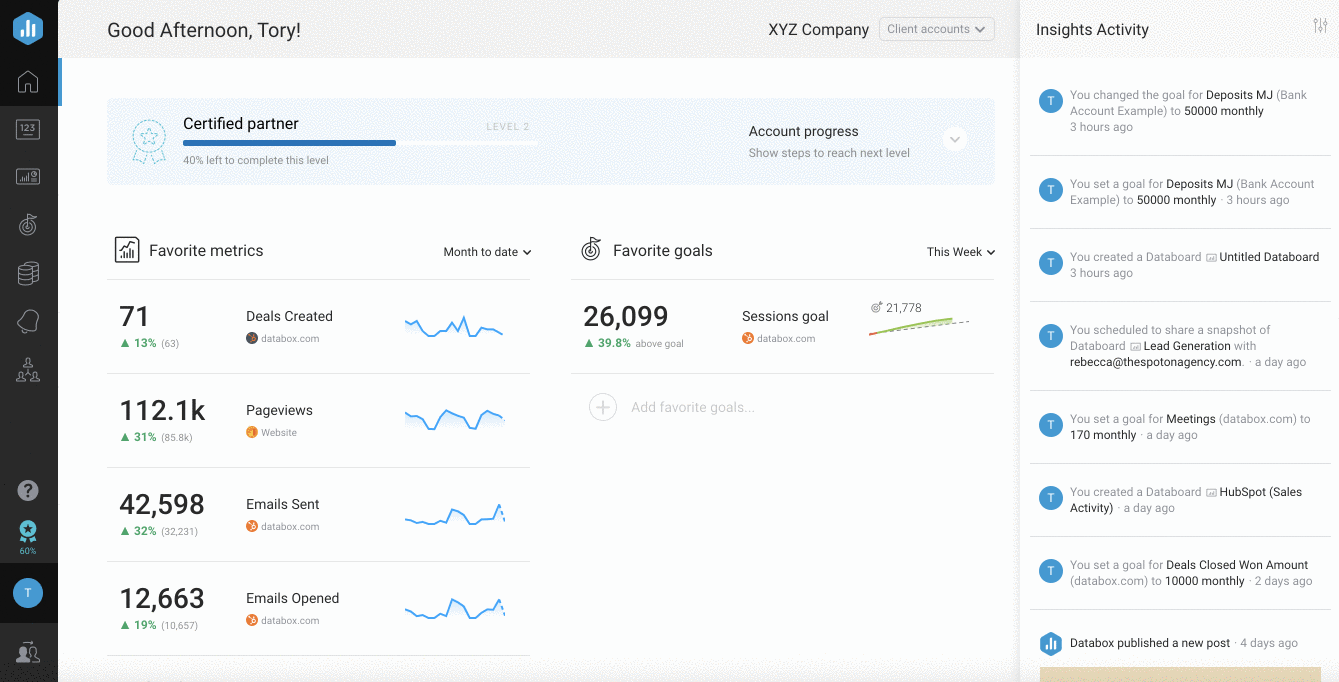
To connect a HubSpot Marketing Account in Databox, go to Data Manager > + New connection. Type HubSpot Marketing in the search bar and click on the green Connect button.
This will open the Authorization window, which is where you will be prompted to enter your HubSpot login credentials and authorize the Databox app.
What HubSpot Marketing permissions do you need to connect to Databox?
To connect a HubSpot Marketing account in Databox, it is recommended that you have Super Admin permissions in the HubSpot portal.
If you did not have the appropriate permissions when you initially connected your HubSpot Marketing Data Source, you will need to reconnect the HubSpot Marketing Data Source once your permissions have been updated.
Learn more here.
Which HubSpot Marketing plans have API access?
HubSpot Marketing Professional and HubSpot Marketing Enterprise Accounts can connect with Databox. Learn more here.
What's the maximum amount of historical data initially available when you use a new HubSpot Marketing Data Source Metric in Databox?
Data is synced for the Metrics that are being used in your Account, so when you first use a new HubSpot Marketing Metric, the maximum amount of historical data available is 36 months.
Certain Metrics may have more or less historical data available. For example, metrics that represent the total metric value (i.e. ''Landing Pages'', ''Emails Clicked by Email Title (by Create Date)'', ''Blog Subscribers'', etc.) do not have historical data available when first used. We only pull in the total current value, but we will accumulate historical data for these Metrics in Databox over time and the metric value will be shown cumulatively.
For more information about the amount of historical data available for a specific Metric, please contact our Support Team at [email protected] .
Pro Tip: In order to start syncing data for a Metric, you can add it to your Metrics screen, use it in a Scorecard, set a Goal around it, create an Alert for it, or add it to a Databoard. Learn more here.
What time zone does HubSpot Marketing data sync in?
HubSpot Marketing data is synced in the time zone set in the HubSpot Account. For example, if your HubSpot Account time zone is set as EST, your HubSpot data will sync with Databox in EST.
How to access pre-built HubSpot Marketing Templates
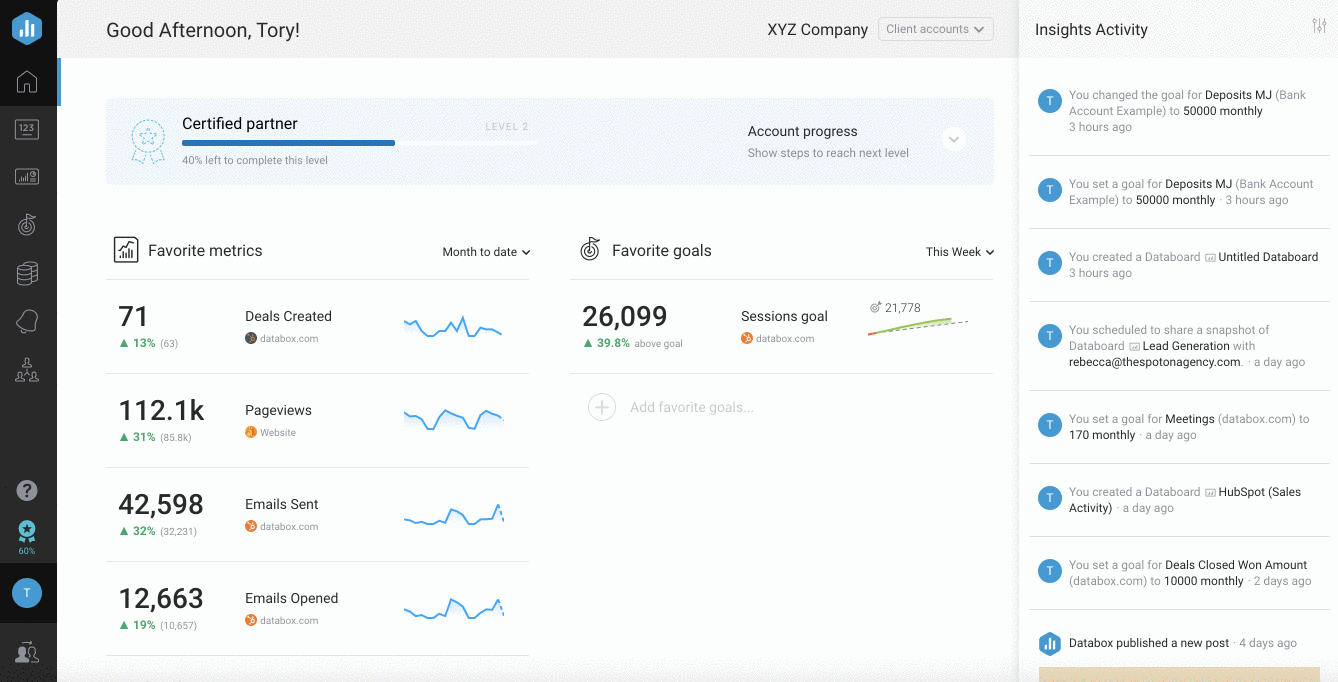 Databoards > Public Templates
Data Source
HubSpot Marketing
Preview
Use Template
Databoards
Databoards > Public Templates
Data Source
HubSpot Marketing
Preview
Use Template
Databoards
Pro Tip: Once the Databoard is available on the Databoards page, it is completely disconnected from the public Template. Therefore, you can further customize this Databoard to meet your specific needs using the Designer.
Popular HubSpot Marketing Templates
Tables can't be imported directly. Please insert an image of your table which can be found here.
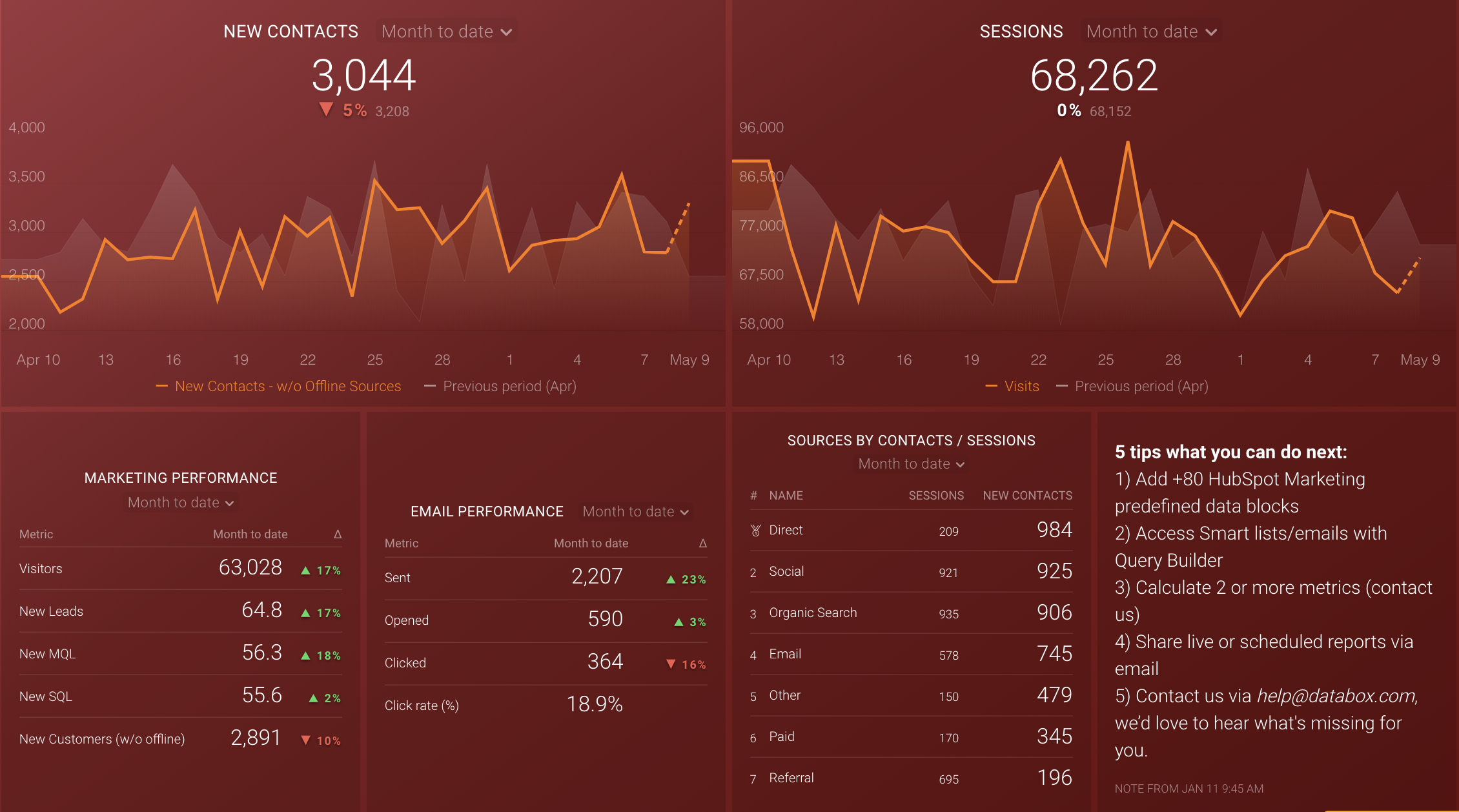
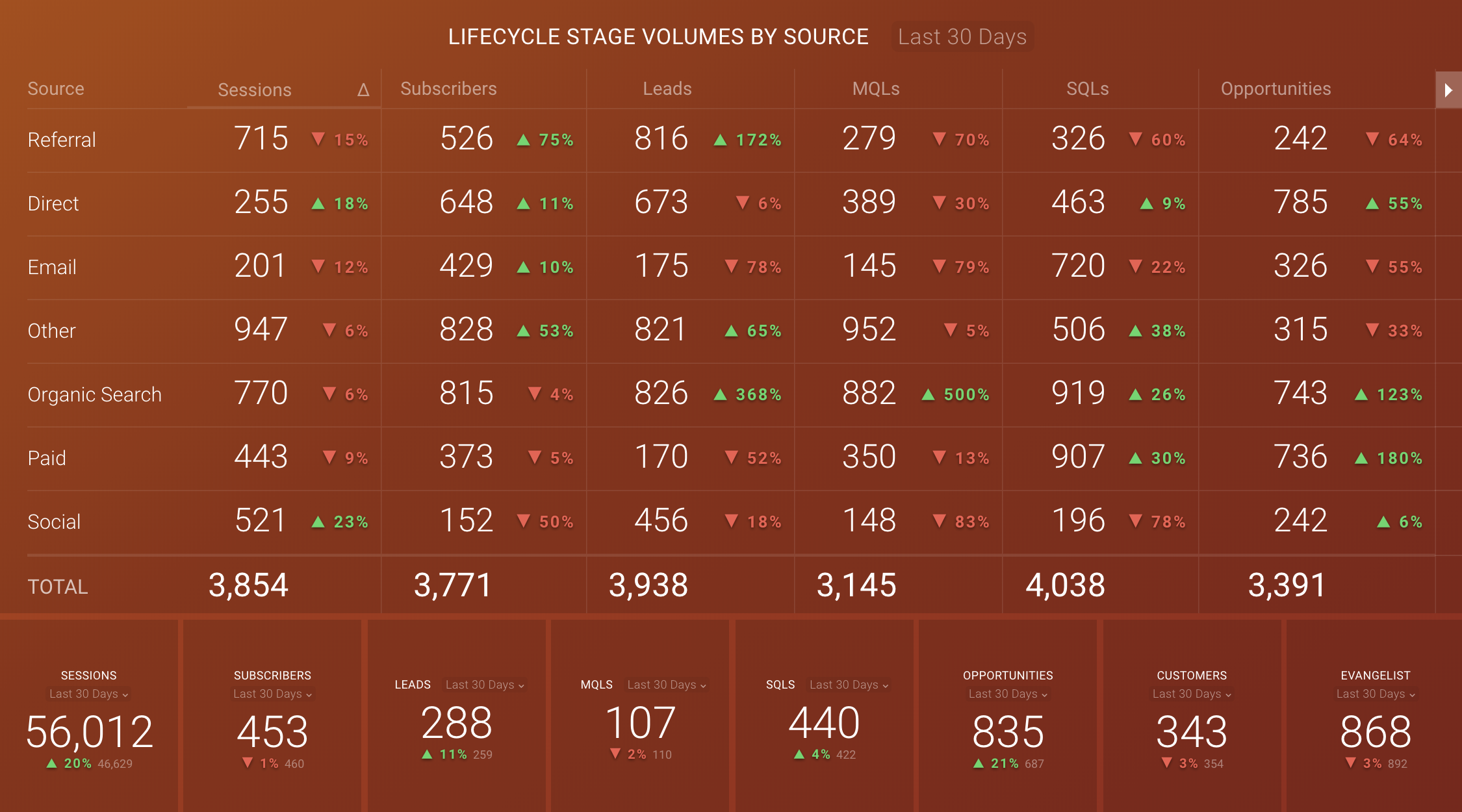 HubSpot Marketing dashboard template provides you with insights to increase traffic, convert leads, and prove ROI. This dashboard will help you track all stages of the inbound marketing funnel based on the source of traffic.
HubSpot Marketing dashboard template provides you with insights to increase traffic, convert leads, and prove ROI. This dashboard will help you track all stages of the inbound marketing funnel based on the source of traffic.
How to build a Databoard using HubSpot Marketing data
IN THIS SECTION
Popular Use Cases
Learn more about popular HubSpot Marketing use cases here.
Popular HubSpot Marketing Metrics
Tables can't be imported directly. Please insert an image of your table which can be found here.
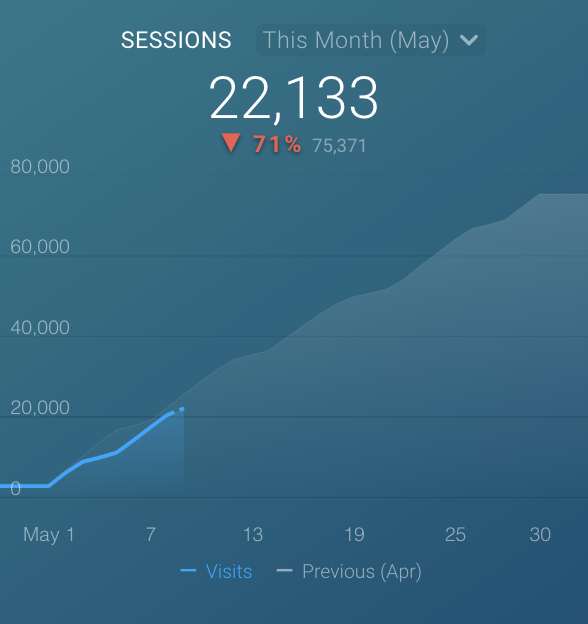

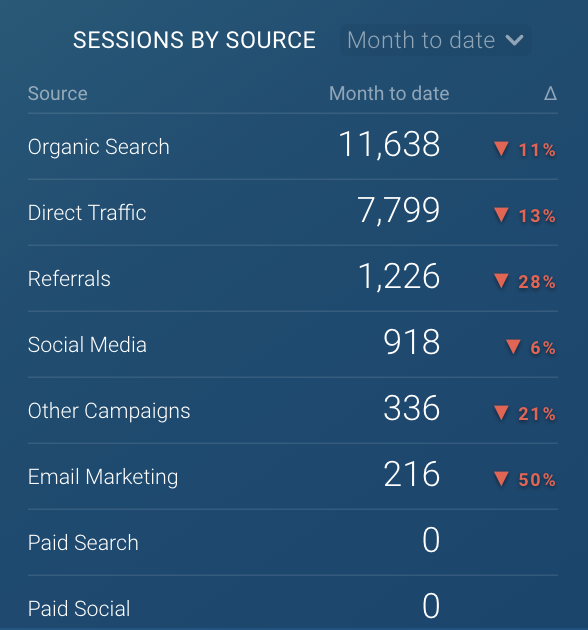
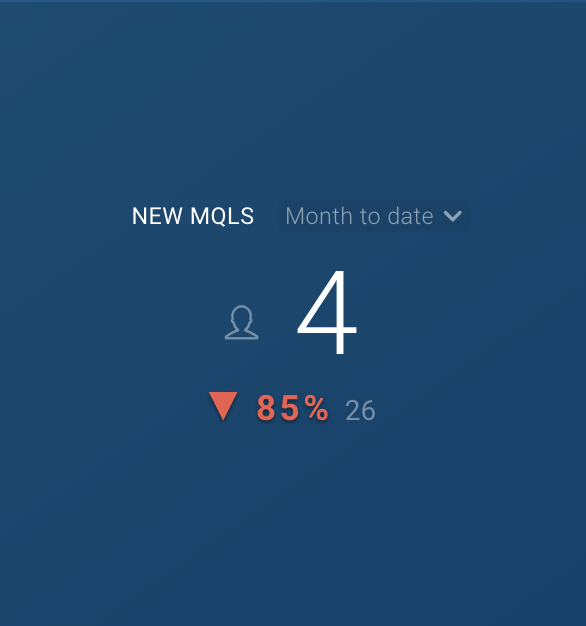
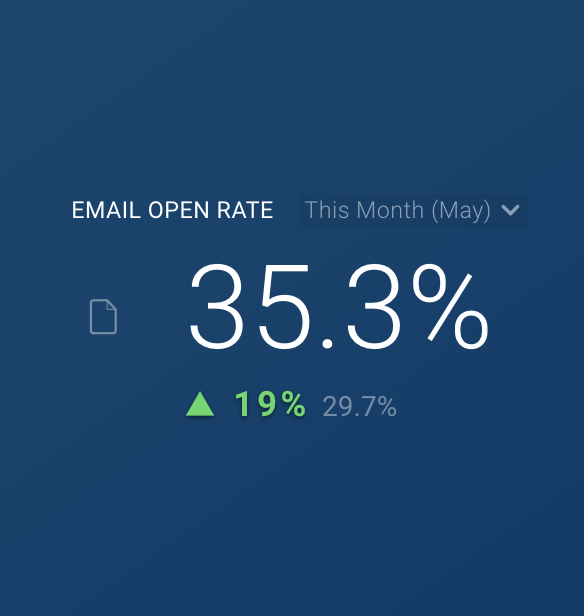

View a full list of HubSpot Marketing Metrics available in Databox here.
How to build a Databoard
 Databoards
+ New Databoard
Start Blank
Metric
Library
Data Source
Metric
Library
Metric
Library
Databoards
+ New Databoard
Start Blank
Metric
Library
Data Source
Metric
Library
Metric
Library
If a pre-built Datablock isn't available for your use case, click on the Visualization Types icon under the Metric Library icon
Datablock SettingsHow to use the Query Builders for HubSpot Marketing
The Query Builders for HubSpot Marketing allow you to create Custom Metrics based on Lifecycle Stage, Active List, Landing Page, Blog, and Email data.
Learn more about the Query Builder for HubSpot Marketing here.
Additional Information
IN THIS SECTION
Metric Considerations
- Due to technical limitations, the Date Range ''All Time'' will return a maximum 36 months of historical data. However, Metrics that represents total values (i.e. ''Contacts'', ''Contacts by Active List'', etc.) will always show current total value when ''All Time'' Date Range is selected.
- "Active List" Metrics (Basic and Custom): Data is only accessible from the date the Active List was created and on. Data from before the Active List was created does not exist.
Granularity Restrictions
- Due to API limitations, hourly granularity is not supported. This may affect visualization options for Charts in Databox.
For example, if a HubSpot Marketing Metric is used on a Line or Bar Chart with ''Yesterday'' Date Range selected, hourly data won't be displayed on the Chart.
However, the big number above the Chart will accurately reflect the Metric value for the selected Date Range.
Learn more about Granularity here.
API Limitations
- Metrics in HubSpot accounts are reporting on data from Sunday to Saturday. There is no option to change the first day of the week within their UI. Read more here.
In Databox, the first day of the week is set to Sunday by default. However, you are able to change it to Monday or Saturday. Learn more here.
When validating weekly data in HubSpot vs Databox (e.g. looking at ''Week to Date'', ''This Week'' or "Last Week'' Date Ranges), it's important to compare data for the same time period (e.g. from Sunday to Saturday). - Only the first 1000 Active Lists from your HubSpot Marketing Account are accessible via the API.
- When Contact Lifecycle Stages are updated in HubSpot, it may take up to 24 hours for the change to be reflected in HubSpot's API and in Databox.
-2.png?width=100&height=75&name=Presh%20(LightBlue)-2.png)